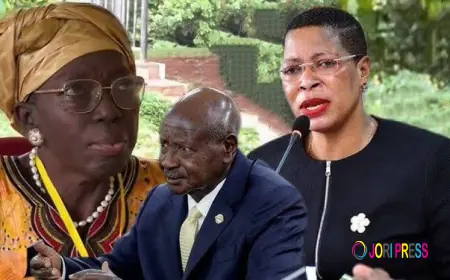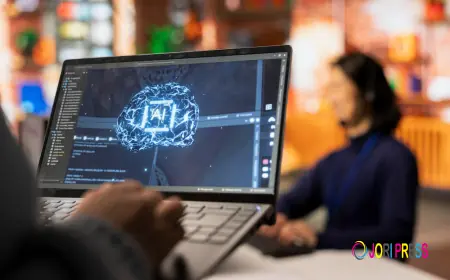Warm Embrace at SCO Summit Signals Strengthening India-Russia Ties Amid Global Tensions

Tianjin, China: In a striking display of diplomatic camaraderie, Indian Prime Minister Narendra Modi and Russian President Vladimir Putin shared a warm embrace during the Shanghai Cooperation Organization (SCO) Summit held in Tianjin, China, on September 1, 2025. The moment, captured in a widely circulated post by Modi on X, underscores the deepening strategic partnership between the two nations amidst escalating global geopolitical tensions.
The photograph, showing the two leaders locked in a heartfelt hug followed by a firm handshake, was accompanied by Modi’s caption: “Always a delight to meet President Putin!” The image has sparked intense debate online, with reactions ranging from praise for India’s pragmatic diplomacy to sharp criticism over its engagement with a leader wanted by the International Criminal Court (ICC) for alleged war crimes in Ukraine.
A Strategic Alliance Takes Center Stage
The SCO Summit, which brought together leaders from China, Russia, India, and other member states, adopted the “Tianjin Declaration,” signaling a united front against Western-dominated international order. The declaration emphasized trade expansion and regional security, with a clear intent to prioritize the interests of the “Global South.” This aligns with recent moves by China’s Xi Jinping and Putin to challenge U.S.-led frameworks, a stance bolstered by the SCO’s significant economic and demographic weight—representing 43% of the world’s population and 23% of global GDP, according to Al Jazeera.
Modi’s bilateral meeting with Putin on the sidelines of the summit focused on deepening cooperation in trade, fertilizers, space, security, and culture. In a separate post, Modi noted discussions on “regional and global developments, including the peaceful resolution of the conflict in Ukraine,” highlighting India’s delicate balancing act between its historical ties with Russia and its growing partnership with the West.
Context of U.S.-India Tensions
The warm exchange comes at a critical juncture, just days after U.S. President Donald Trump imposed a 50% tariff on Indian goods, including a 25% penalty for India’s purchase of $4.2 billion worth of Russian oil annually, effective August 27, 2025. This move, reported by Reuters, has strained U.S.-India relations, with Indian officials defending their energy security priorities. Ambassador Vinay Kumar recently told Russia’s TASS news agency that India’s trade decisions are driven by market factors, signaling a refusal to bow to American pressure.
India’s reliance on Russian crude, which accounted for 35-40% of its oil imports in 2024—up from 3% in 2021—has drawn ire from the U.S., which alleges that these purchases fund Russia’s war efforts in Ukraine. Delhi, however, maintains its strategic autonomy, advocating for a “peaceful resolution through dialogue” while avoiding public condemnation of Moscow.
Historical Context and Future Implications
India and Russia have maintained a “Special and Privileged Strategic Partnership” since the Cold War, with Russia historically supplying 60-70% of India’s defense needs. Although India has diversified its arms imports in recent years, the energy and security ties remain robust. The Tianjin meeting suggests a recalibration of this relationship, potentially at the expense of India’s ties with the U.S., which has been a key defense and technology partner.
As the world watches, the SCO Summit’s outcomes may reshape global alliances. With Trump’s tariffs looming and the Ukraine conflict unresolved, Modi’s embrace of Putin could signal a bold pivot eastward—or a calculated move to navigate an increasingly multipolar world. The international community awaits further developments, including a possible visit by Ukrainian President Volodymyr Zelensky to India, which could test Delhi’s diplomatic tightrope walk.
What's Your Reaction?
 Like
0
Like
0
 Dislike
0
Dislike
0
 Love
0
Love
0
 Funny
0
Funny
0
 Angry
0
Angry
0
 Sad
0
Sad
0
 Wow
0
Wow
0

















































